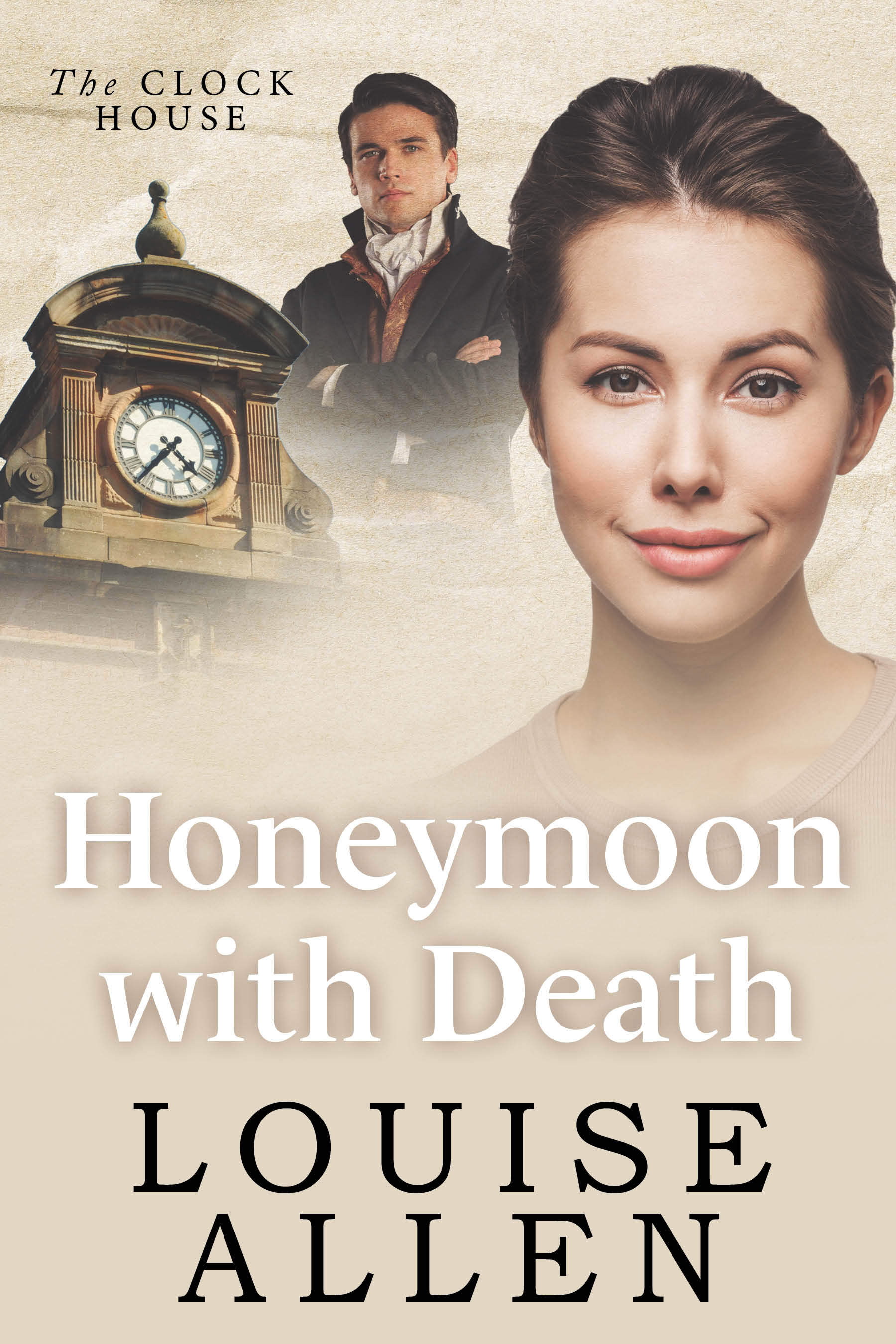 In 1717 the 2nd Earl of Oxford, Edward Harley, began work on the development of his estates north of “the road to Oxford” or Tyburn Road, that eventually became Oxford Street. The first element in his grand design was Cavendish Square, named for his wife Lady Henrietta Cavendish Holles. The Duke of Chandos bought the entire northern side for a mansion (described by Ackermann’s as a ‘palace’), Lord Harcourt and Lord Bingley bought sites on the east and west and the rest was sold to speculative builders. Work was interrupted by the financial crisis of the South Sea Bubble in 1720 but the Earl persisted, developing streets and Oxford Market to stimulate interest in his scheme.
In 1717 the 2nd Earl of Oxford, Edward Harley, began work on the development of his estates north of “the road to Oxford” or Tyburn Road, that eventually became Oxford Street. The first element in his grand design was Cavendish Square, named for his wife Lady Henrietta Cavendish Holles. The Duke of Chandos bought the entire northern side for a mansion (described by Ackermann’s as a ‘palace’), Lord Harcourt and Lord Bingley bought sites on the east and west and the rest was sold to speculative builders. Work was interrupted by the financial crisis of the South Sea Bubble in 1720 but the Earl persisted, developing streets and Oxford Market to stimulate interest in his scheme.
By the time of Roque’s map (1738) there was significant development on all except the North side. Marylebone Bason, a reservoir, can be seen to the north west and what is probably a gravel workings to the north east. Oxford Street can just be seen at the bottom.Lady Mary Wortley Montagu (poet, letter writer and pioneer of smallpox vaccination) lived at number 5 1723-38. On the western edge is the beginning of the Earl’s own house which was never completed and eventually the site changed hands and a Mr Tufnell had numbers 11-14 built there in 1771. By 1815  the Bason and the gravel workings to the north had completely vanished under streets and houses and the whole square had been developed as can be seen in the map to the right.
the Bason and the gravel workings to the north had completely vanished under streets and houses and the whole square had been developed as can be seen in the map to the right.
The centre of the northern side has a gap leading to the mews with a turning circle for carriages. The flanking houses still exist, virtually unchanged outwardly, although the gap between them has a link which carries a sculpture by Epstein.
The house on the north-western corner (now no.16) was one of the wings of Chados’s intended ‘palace’. It was the home between 1761-80 of Princess Amelia, one of the daughters of George III. Amelia suffered form serious ill-health, including tuberculosis of a knee joint and the painful skin disease, St Anthony’s Fire. She spent much time at Weymouth taking sea water cures. Tragically she fell in love with Colonel Charles Fitzroy (descended from one of Charles II’s illegitimate sons). She was not permitted to marry him, but considered herself his wife and left everything to him on her death in 1810, aged 27. In the print below the house is the red brick one on the extreme left. It was ‘modernised’ in the later 19th century so the exterior looks a little different now. Lord and Lady Nelson lived in the Square in 1791 and George Romney, the painter at number 32 on the south side (1775-97).

The print of the north side is from Ackermann’s Repository, March 1813. Using Google Street View from the same spot Princess Amelia’s house is still clearly identifiable under later remodeling, a more recent house has been inserted into the space where there is a wall topped with urns and the two houses flanking the entrance to the mews look identical. The circular garden at the centre of the square is till there, but now has an underground carpark beneath it (installed 1971) and the appearance of the square is seriously compromised by the brick wall and entrance lanes of the car park.
I’ll be finding more London squares from my collection of Ackermann prints and seeing how they have changed in future posts.

